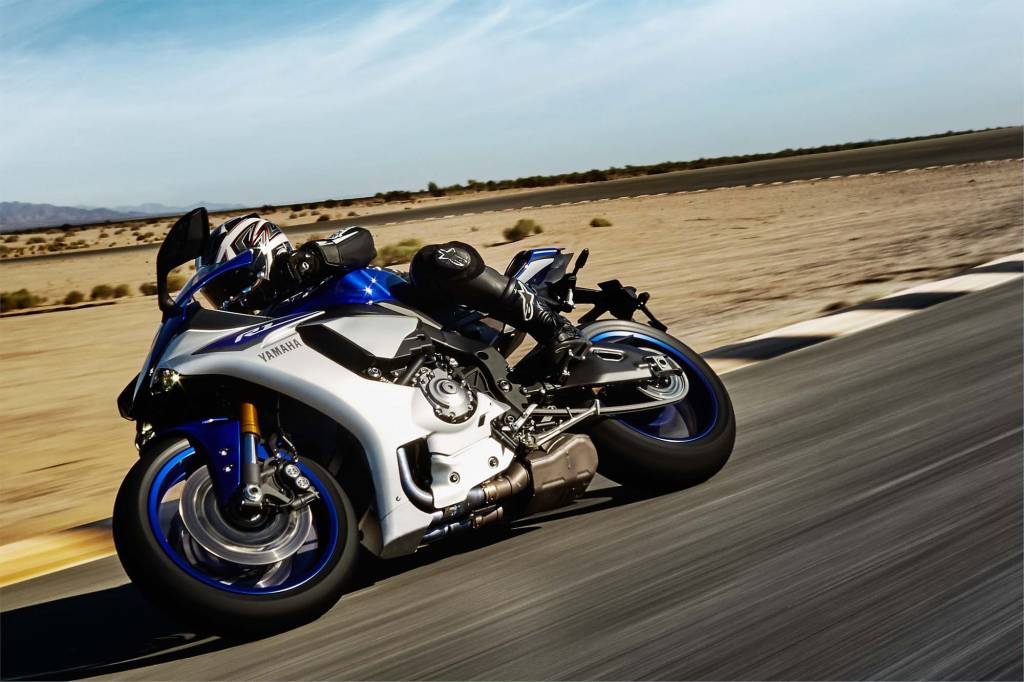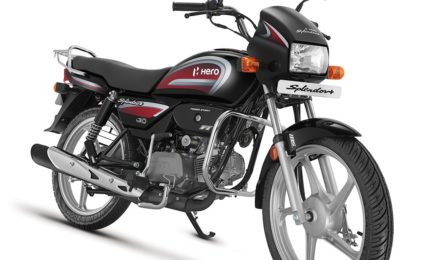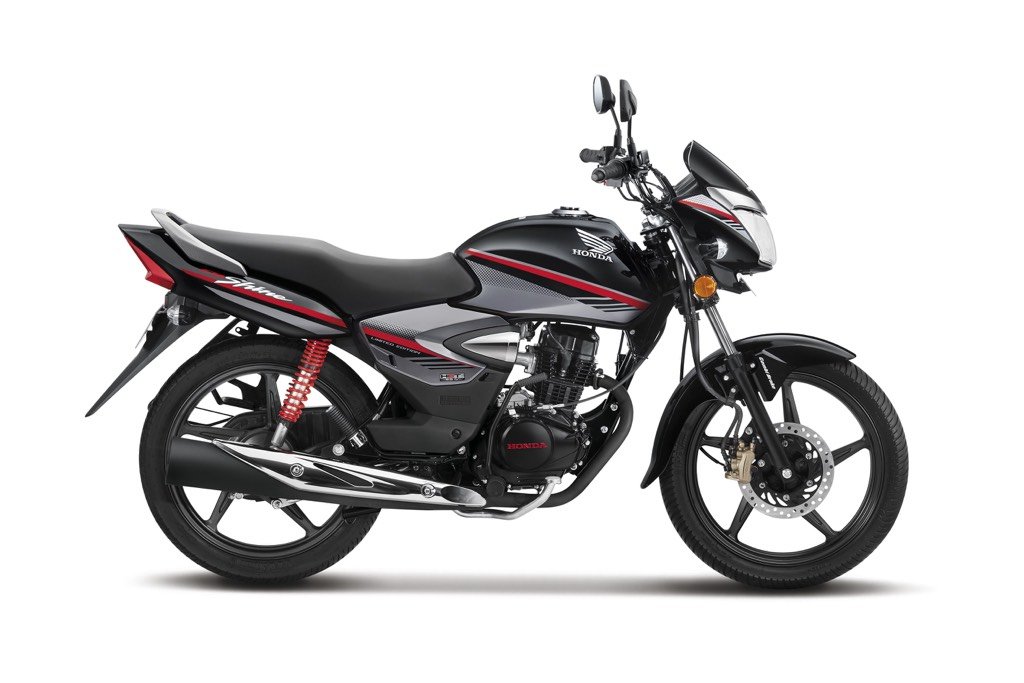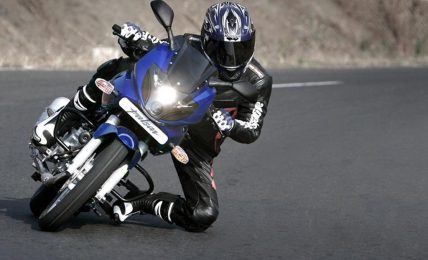Technologies relating to safety, play a very integral role in today’s motoring sector and moving along with this thought, Honda along with Yamaha and BMW have come together in the interest of public safety.
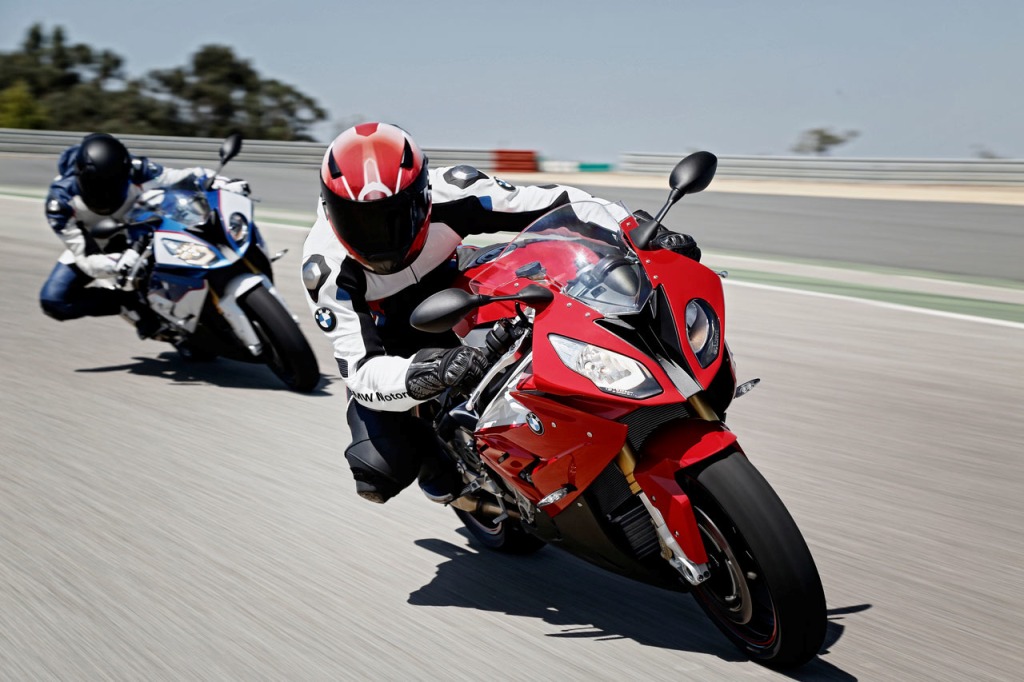
Nowadays, we see many companies collaborate in order to speed up their production or to use each other’s assets mainly for profit motive. But recently, Honda along with BMW and Yamaha entered into collaboration to enhance Cooperative – Intelligent Transportation Systems (C-ITS) applications in powered two-wheelers and establish a consortium named, Connected Motorcycle Consortium (CMC). This new cooperation was announced on 6th October, 2015 at the ITS World Congress in Bordeaux (France) which happens to be the world’s largest event for intelligent transport system and services.
In 2014, all the ACEM (European association of motorcycle manufacturers) manufacturing members signed a Memorandum of Understanding in order to introduce C-ITS features by 2020. Honda, BMW and Yamaha have already begun the cooperation so as to persuade more manufacturers to join and quicken up the process in the field of C-ITS.
The goal of the consortium is to incorporate C-ITS features in two-wheelers so as to improve the safety and such a focused step was required solely because, few of the manufacturers felt that a dedicated consortium is required for powered two-wheelers. This will be absolutely different from those for cars, because the ITS technologies used in cars cannot simply be transferred to motorcycles because of the difference in the driving dynamics and algorithms used in the software along with space issues and water, dust and vibration resistance.
According to the manufacturers, if this consortium is well considered and the plans are properly executed, the ITS technologies will provide potential to further improve the safety, efficiency and security in all transport systems, motorcycles in particular. Through ITS, the riders will be connected via GPS navigation systems and will have indirect communication with others in order to avoid traffic and allow safer manoeuvring in the busy urban environment.
